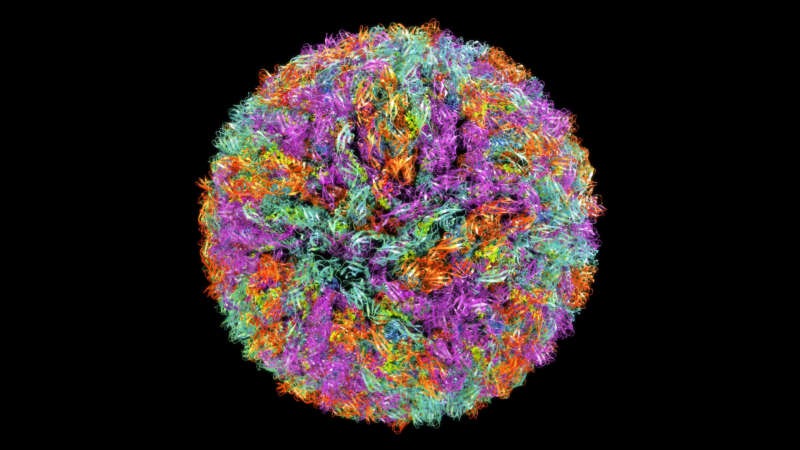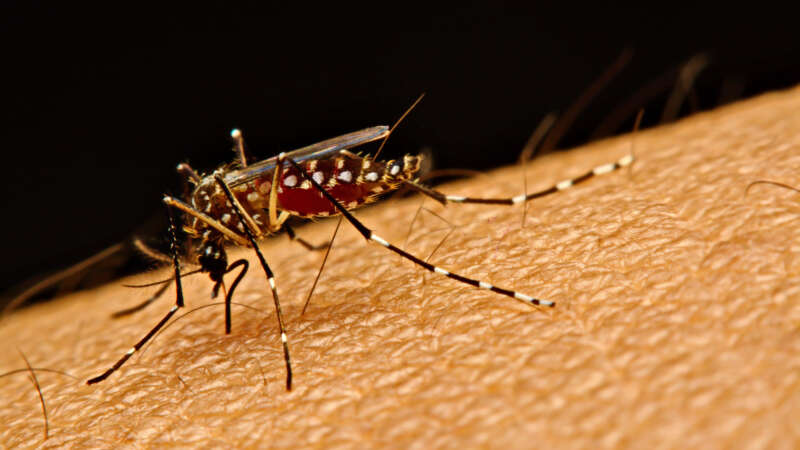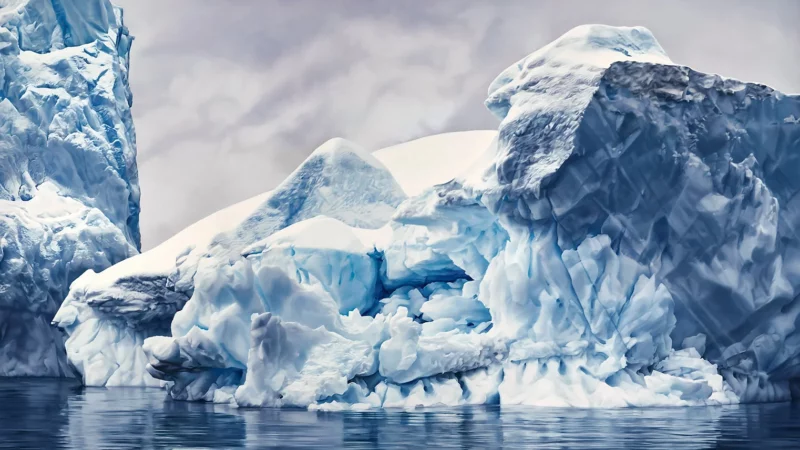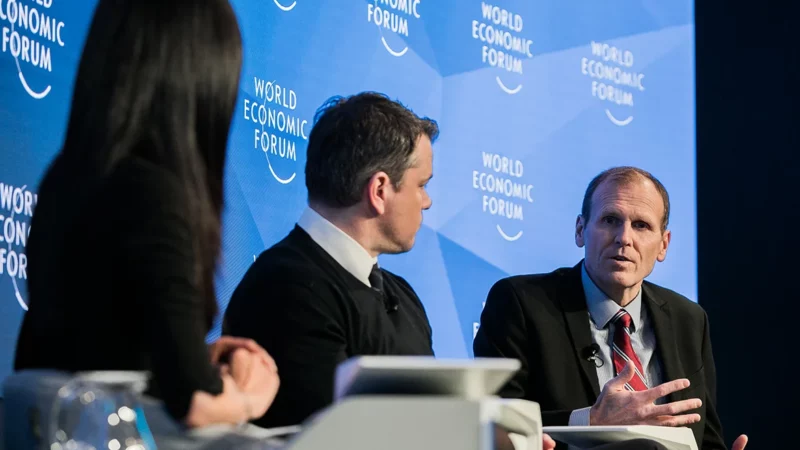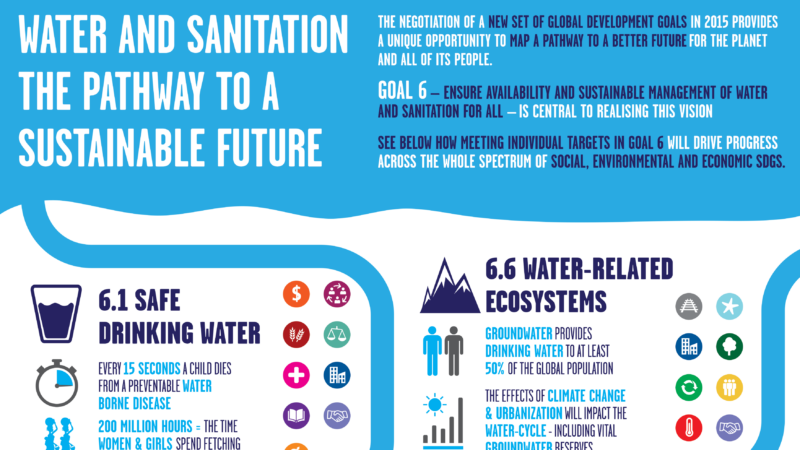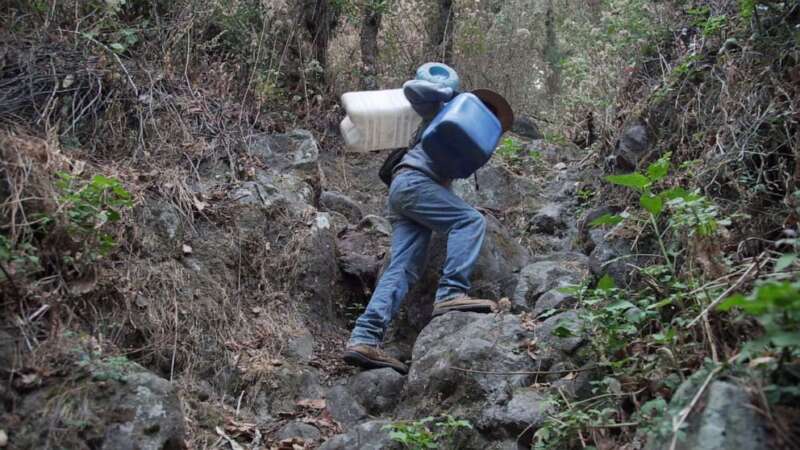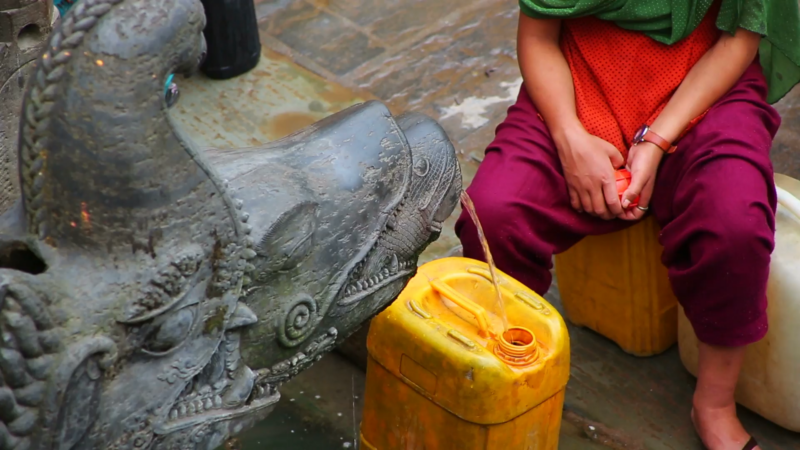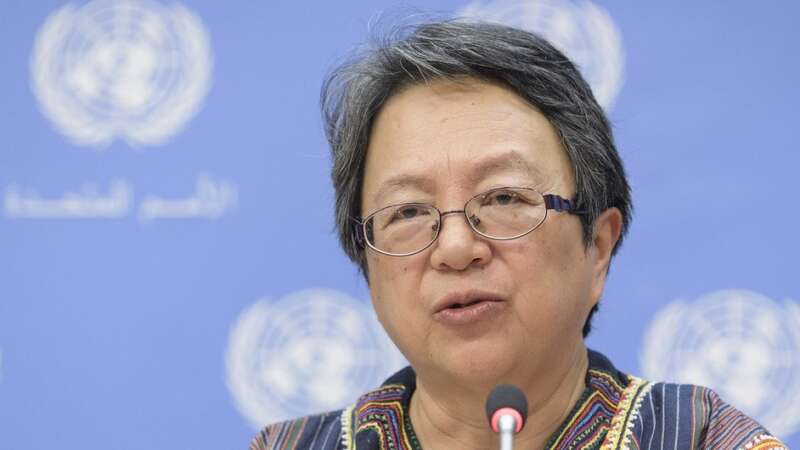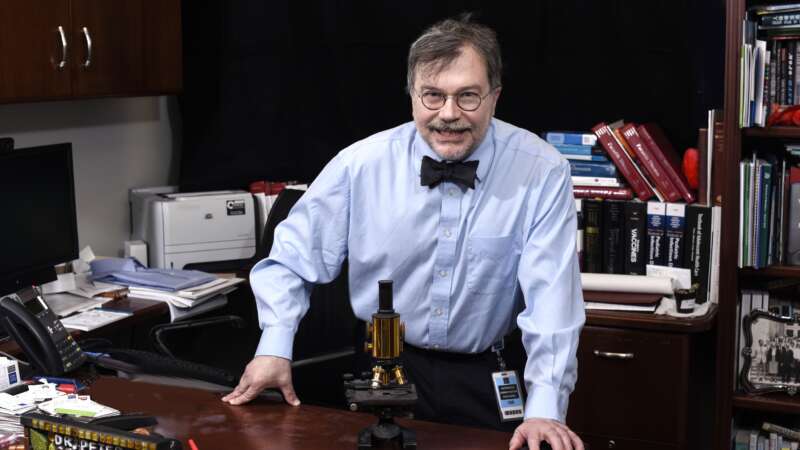public health
Mosquito-borne Diseases & the Environment
Climate change and human activity are enabling the spread of mosquito-borne diseases, like dengue fever, to new places. Stanford infectious disease experts and disease ecologists discuss what we know and how communities can protect themselves from these changing disease threats.
Aedes aegypti: Beyond the Black and White
One look at Aedes aegypti gives an immediate impression of its menacing nature. The telltale dark and white bands on the mosquito’s legs and other body parts bring a sense of foreboding and hardship. Sleek, silent, and stealthy, Ae. aegypti is the primary vector for several important, debilitating, and sometimes fatal human diseases including dengue, Zika virus, yellow fever, and chikungunya. The species is cause for mounting concern on many levels, as its biology, behavior, and ability to adapt have made Aedes aegypti one of the most pervasive and daunting public health challenges in the modern world.
The first mosquito ever associated with the spread of disease, Ae. aegypti is also the most studied of all mosquito species.1 From its humble beginnings in the African wild to a footprint that spans the globe, this durable and opportunistic insect has become a formidable opponent of vector control efforts worldwide.
Zaria Forman: Drawing Attention to a Changing World
Zaria Forman, a contemporary artist residing in New York, creates astonishingly realistic drawings of arctic landscapes. Her extraordinary talent and methodology have gained her critical acclaim, establishing her as one of today’s most influential artists.
Forman uses her fingers and the palm of her hands almost exclusively to create her drawings of quickly disappearing glaciers and icebergs.
Gary White: Making Waves in the Fight for Clean Water
Gary White, Co-founder and CEO of Water.org and WaterEquity, is a visionary leader dedicated to addressing the worldwide water crisis. His commitment originated from observing the severe conditions experienced by communities in Honduras lacking safe water and sanitation facilities.
Committed to effecting change, he arranged a fundraising dinner that generated sufficient resources to provide water to a village. This act served as inspiration for establishing WaterPartners International, presently recognized as Water.org, an organization that has significantly improved the well-being of millions of individuals worldwide.
Clean Water and Sanitation: A Global Report Card
Clean water and sanitation is central to sustainable development and the post-2015 development agenda, with strong linkages to many of the other proposed Sustainable Development Goals. Learn more through the excellent infographics provided below, and do remember to share this important knowledge with friends and family.
Credits: Unilever for World Water Day
Power of Water: Mexico’s Water Warriors
High in the hills of the San Juan Tlacotenco Forest, the worth of water is revealed as nearby villagers make the arduous journey to the Zacasonapan Spring.
For generations, the pilgrimage has been a regular tradition for many who live in the area and rely on the natural water source for survival. A particularly steep and rocky path shows just how treacherous it can be, especially while hauling heavy water jugs on the way back home.
Clean Water: A Basic Need for Health and Survival
Clean water is essential for all life on Earth to thrive. The water cycle is not contained within our countries’ borders or boundaries, which makes it a challenge to monitor, maintain and implement improvements and changes. Ownership of, and access to, this essential natural resource has been at the forefront of many disputes around the world, between neighboring countries and communities, and even countries on opposite sides of an ocean. Across the globe we are observing conflicts, wars and water refugees as people struggle for equal access to what has been widely termed as Blue Gold.
Economies on both a national and local level depend upon clean freshwater and saltwater regions. In theory, a thriving economy has the ability to fund infrastructure projects and provide basic needs for all of its citizens. However, even wealthy countries are struggling to provide sufficient standards of clean water, with each region negotiating its own bespoke complications.
Vicky Tauli-Corpuz: Illuminating the Path for Indigenous Rights
Vicky Tauli-Corpuz is an exceptional activist who has played a significant role in promoting indigenous rights globally, thus becoming a prominent figure within the realm of human rights struggles.
Tauli-Corpuz hails from the Cordillera region in the Philippines, specifically belonging to the Kankanaey Igorot indigenous community. Her upbringing exposed her to the difficulties experienced by her community, which encompassed discrimination, marginalization, and the desecration of their ancestral territories. Driven by an unwavering resolve to combat such inequities, Tauli-Corpuz embarked on a lifelong mission to empower her people and provide them with a platform to express their concerns amidst challenging circumstances.
Luke Jerram’s Artistic Odes to the Intricacies and Wonders of Science
British artist Luke Jerram has made a name for himself by incorporating scientific principles and concepts into his artwork. His pieces often explore the mysteries of the natural world and the ways in which science shapes our understanding of it.
One of Jerram’s most captivating installations is the “Gaia” project, which features detailed images of the Earth’s surface taken from 120dpi detailed NASA imagery. The artwork offers a unique perspective on our world, floating in three dimensions and highlighting both its fragility and its beauty. This is just one example of how Jerram’s work challenges viewers to think more deeply about the scientific phenomena that surround us.
Dr. Peter Hotez: Fighting Neglected Diseases, One Shot at a Time
Dr. Peter J. Hotez is a physician-scientist who dedicates his career to fighting neglected tropical diseases and vaccine development. He is the Dean of the National School of Tropical Medicine and a professor at Baylor College of Medicine, where he also serves as the Co-director of the Texas Children’s Center for Vaccine Development (CVD) and the Texas Children’s Hospital Endowed Chair of Tropical Pediatrics.
Dr. Hotez is an internationally recognized expert in his field, leading a team and product development partnership for new vaccines for diseases such as hookworm infection, schistosomiasis, leishmaniasis, Chagas disease, and coronaviruses, which affect millions of people worldwide. He is committed to championing global access to vaccines, including leading efforts to develop a low-cost recombinant protein COVID vaccine resulting in emergency use authorization in India.
